
Considerations before setting up a programme or course
This checklist is designed to help you think about the different things involved in setting up a programme. This includes operational requirements, programme development and quality assurance processes.
Considerations-for-setting-up-a-programme.docx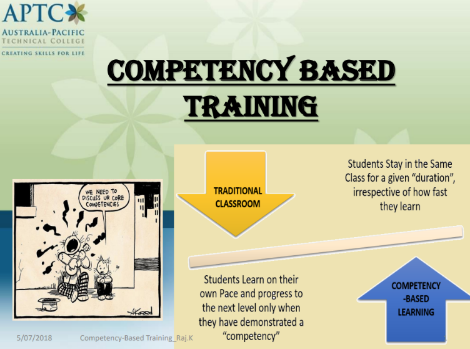
Competency-based training basics
This PDF explains the basic concepts related to competency-based training and assessment including considerations for standards-based programmes.
CBT-Powerpoint-presentation-.pdf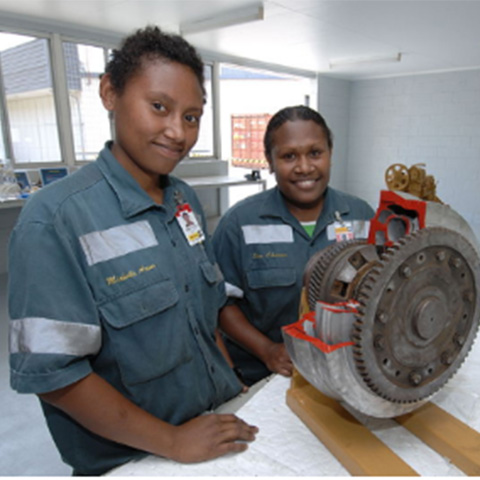
TVET Benefits
This document highlights the benefits of TVET. It is designed to help TVET practitioners share the benefits with stakeholders – industry, communities, families and learners.
TVET-benefits-2.docx
Guide to Gender-Responsive Learning Materials Development
This guide is designed to be used as a tool to enhance gender equality considerations in learning materials. It will help understanding the different learning needs of women/girls to help them reach their full potential.
Tips-from-Unevoc-1.pdf
Improving the image of TVET
This guide from The UNESCO-UNEVOC International Centre for Technical and Vocational Education and Training explains some actions that can inform policy on improving the image of TVET in all nations.
Tips-from-Unevoc.pdf
Women in trades
This article is based on research and discusses the success factors for supporting women in male dominated workplaces.
Women-in-trades.docx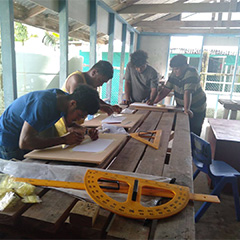
Writing assessment questions and tasks
This resource is designed to help trainers write good assessment questions and tasks. It provides examples of the many different types of questions and the general rules for writing good questions. It will help trainers select the most appropriate question type for the evidence needed, as well as ways to provide variety in the assessment for the learner.
Writing-assessment-questions-and-tasks.docx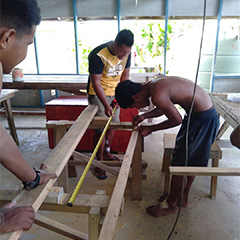
Writing assessment schedules
This resource links to writing assessment and helps trainers understand what assessment schedules are, and how they help when marking assessments. It includes a step-by-step guide with examples to help create assessment schedules for your assessment.
Writing-assessment-schedules.docx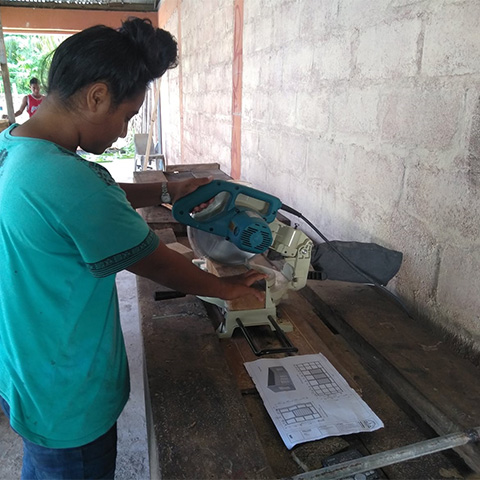
Creating rubrics
This document gives trainers an introductory understanding of what rubrics are and how they are used to help assess performance. It describes the advantages and disadvantages of using rubrics and includes a step-by-step guide for trainers to create their own rubric.
Creating-rubrics.docx
Checklist for assessment
This checklist will help trainers ensure they develop quality assessment resources. It lists the key elements of good assessment and is designed for reviewing assessment resources.
Checklist-for-Assessment-.docx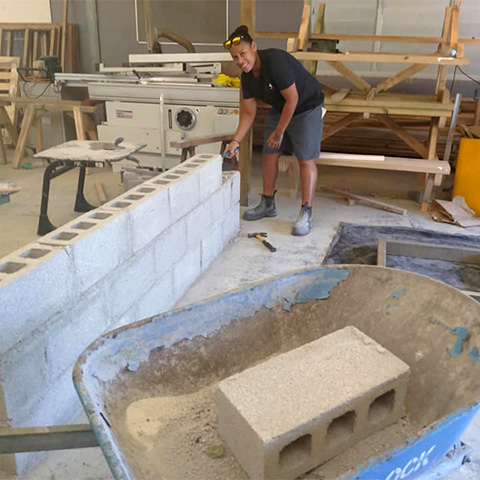
Writing good learning resources
This resource explores the key principles of creating effective learning resources.
Writing-good-learning-resources.docx
Checklist for content and layout
This checklist helps trainers review the content and layout of resources before publishing material. It lists the key considerations for general design, layout, graphics, and content.
Checklist-for-content-and-layout-.docx
Providing assessment feedback to learners
This resource provides guidance to trainers on how and when to provide assessment feedback to learners. It covers the importance of providing balanced and meaningful feedback that will help learners improve and encourage them to continue their learning journey.
Providing-assessment-feedback-to-learners.docx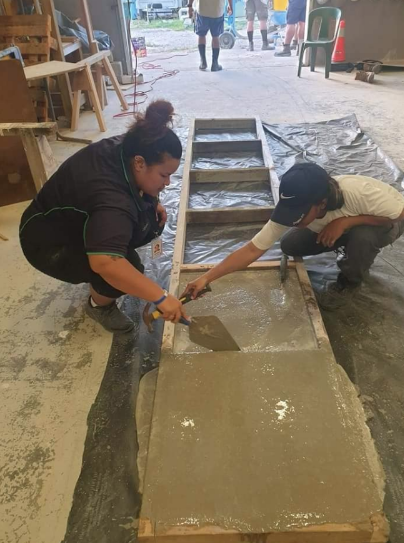
TVET Benefits
This document highlights the benefits of TVET. It is designed to help TVET practitioners share the benefits with stakeholders – industry, communities, families and learners.
TVET-benefits-1.docx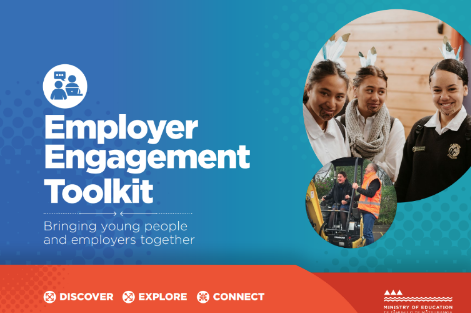
Employer Engagement Toolkit
This document explains reasons and strategies for improving the connections between providers of TVET education and industry
Employer-Engangement-Toolkit1.pdf
Tips – Doing more, with less
This document has tips for trainers on how they can create learning and assessment material on a small budget or when resources are limited.
TIPS-Doing-more-for-less.pdf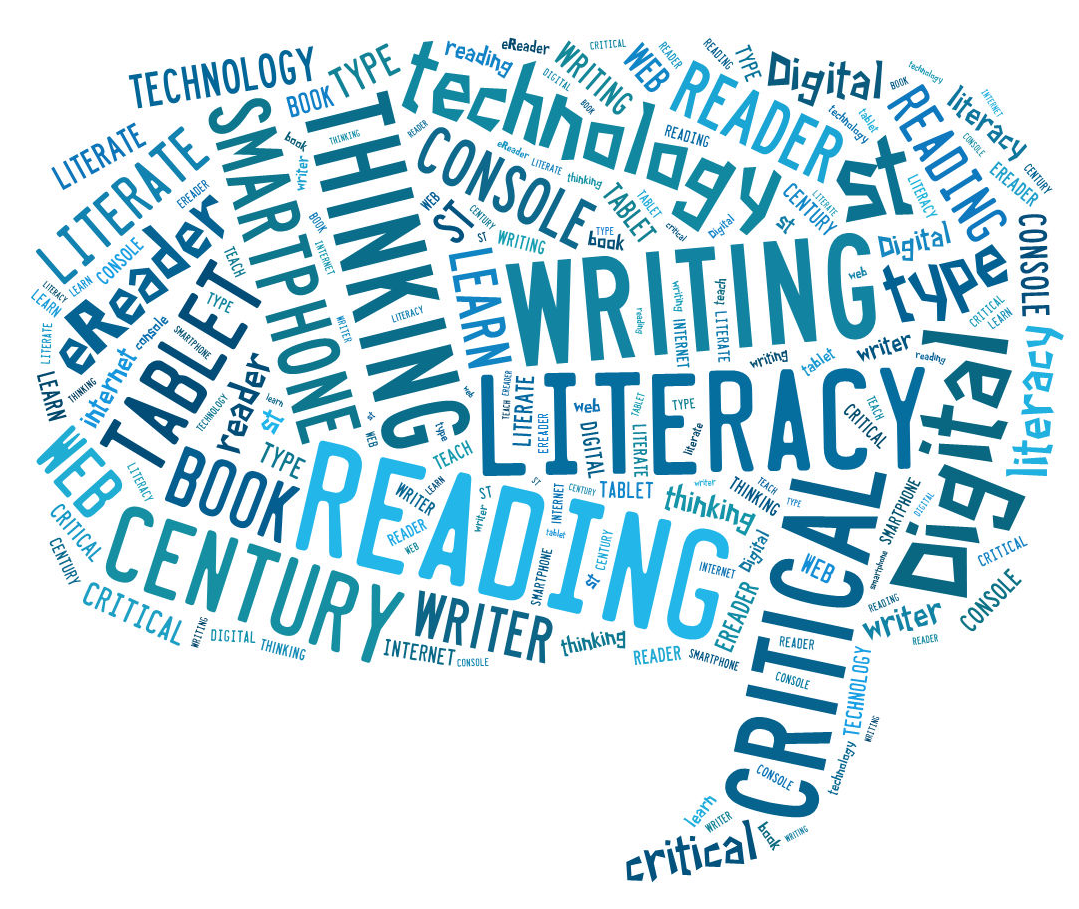
Embedded Literacy and Numeracy
This is a Commonwealth of Learning document which discusses how you can embed literacy and numeracy in the classroom. It shares ideas of embedding reading, speaking and listening, writing, numbers, and measurements.
Literacy-and-numeracy-embedding-1.pdf